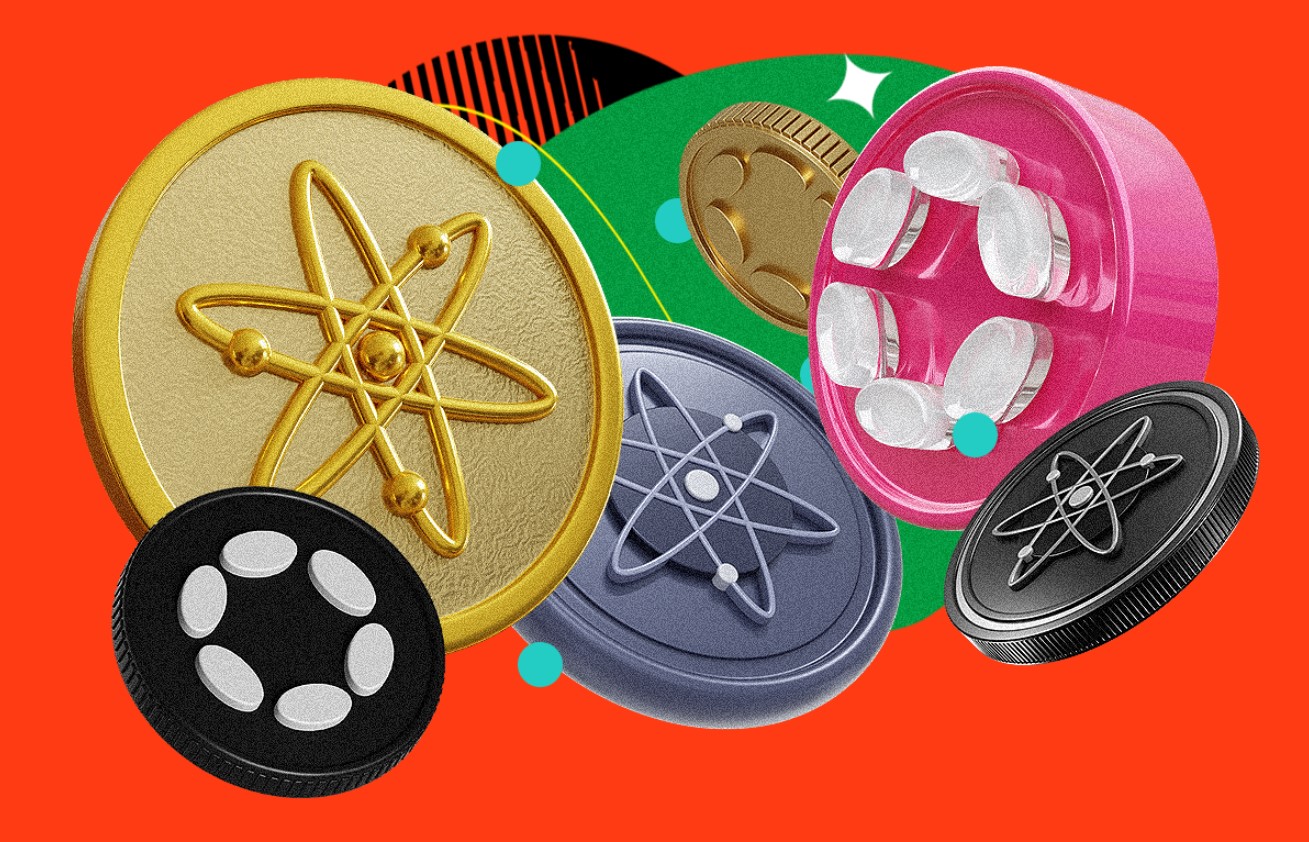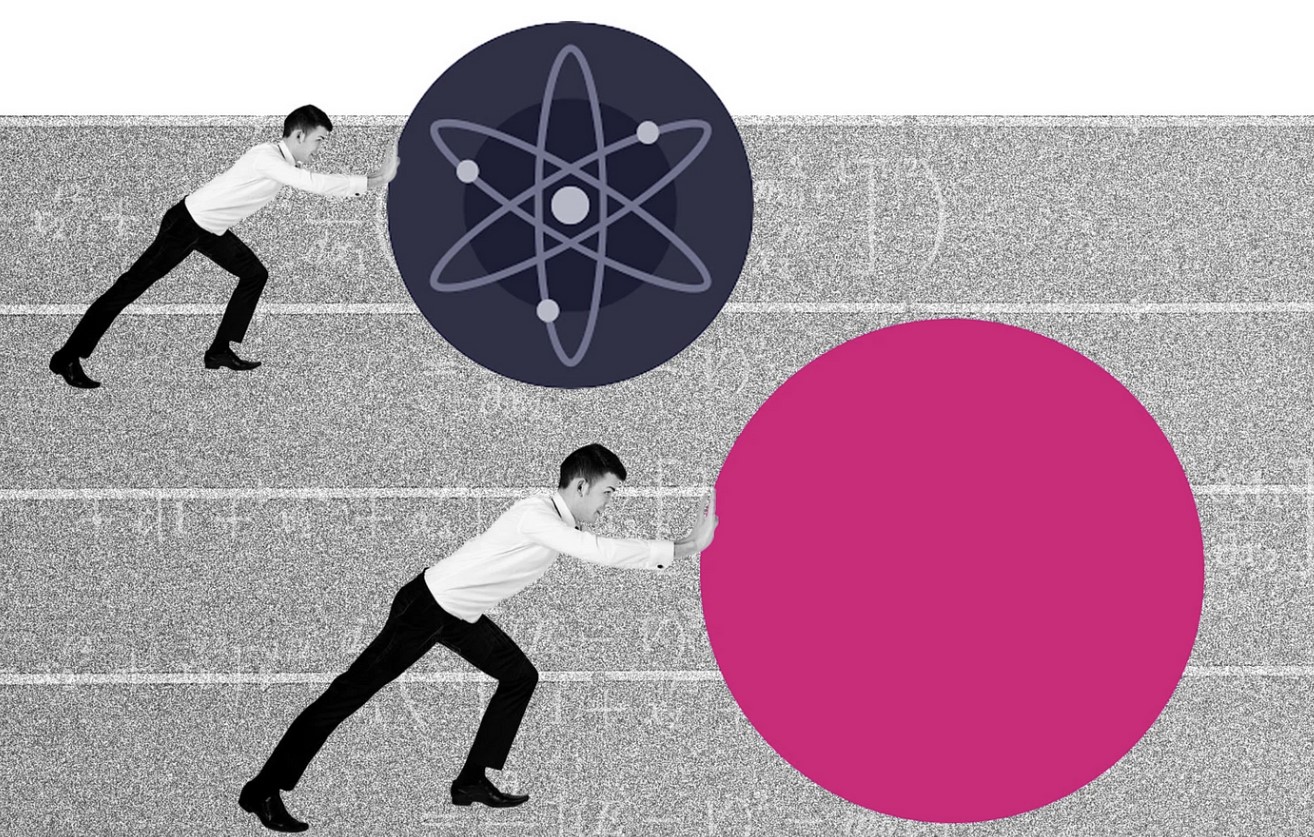Importance of blockchain interoperability
In the rapidly evolving world of blockchain technology, interoperability has emerged as a crucial aspect, enabling different blockchain networks to communicate and share information seamlessly. The ability for diverse blockchain systems to interact with one another without intermediaries not only enhances the functionality and scalability of distributed ledger technologies but also opens up new avenues for innovation in decentralized applications (dApps) and services. Interoperability addresses the siloed nature of many existing blockchain projects, fostering a more connected and efficient blockchain ecosystem. The future of cross-blockchain interoperability promises seamless communication between different blockchain networks, allowing data and assets to move freely across ecosystems.
Overview of TON, Polkadot, and Cosmos as key players in cross-chain communication
The Open Network (TON), Polkadot, and Cosmos stand out as pioneering platforms in advancing blockchain interoperability. Each network offers unique mechanisms and technical frameworks designed to facilitate cross-chain communication, though their approaches and architectures differ significantly. TON and its interoperability features enable smooth integration with other blockchains, fostering a decentralized environment where assets and smart contracts can operate across multiple platforms.

TON and its Interoperability Features
TON, or The Open Network, proposes innovative solutions to achieve seamless cross-chain interaction. One of TON’s standout features is its use of “blockchain hypercubes” to allow for scalability and interoperability among different blockchain protocols within its ecosystem. This flexible structure enables TON to efficiently process transactions and communicate across various blockchains, maintaining high throughput and minimizing latency. Polkadot and its role in interoperability is central to its design, allowing different blockchains to operate in parallel while sharing data and assets through its relay chain.
TON’s unique solutions for cross-chain interaction
The Open Network (TON) has been specifically designed to bring a new level of efficiency, scalability, and user-friendliness to the blockchain space. One of its prime objectives is to facilitate seamless cross-chain interaction, which is essential in today’s increasingly fragmented blockchain ecosystem. TON’s approach to interoperability and cross-chain communication includes several unique features and solutions that underscore its potential to bridge the gap between disparate blockchain networks. Cosmos and its approach to cross-blockchain communication focuses on enabling seamless data exchange between blockchains via its Inter-Blockchain Communication (IBC) protocol, making networks interoperable.
How TON facilitates secure and efficient interoperability
- TON employs advanced cryptographic techniques and smart contracts to ensure secure cross-chain transfers and interactions. These features provide a robust framework for verifying transactions across different blockchains within the TON ecosystem, safeguarding against double-spending and fraudulent activities.
- The platform’s native scalability solutions, including dynamic sharding mechanisms, enhance its ability to manage increased loads from interoperable transactions, ensuring efficient processing without compromising on speed or security.
Polkadot and Cosmos: Different Approaches to Interoperability
- Polkadot utilizes a unique architecture centered around a Relay Chain and multiple parachains. Parachains are individual blockchain networks that connect to the Polkadot Relay Chain, enabling them to interoperate while maintaining their own governance structures and functionality. This structure allows for specialized parachains to communicate and share information securely, supported by the shared security model of the Relay Chain.
- Cosmos employs the Inter-Blockchain Communication (IBC) protocol, focusing on creating a network of sovereign blockchains that can exchange information and tokens directly with one another. Cosmos’s architecture is centered around the Cosmos Hub, which acts as an intermediary for inter-blockchain transactions, promoting a vision of an “Internet of Blockchains” where each connected blockchain retains its independence while benefiting from the network’s shared communication protocols.
Polkadot’s parachains and Cosmos’s Inter-Blockchain Communication (IBC) protocol.
The Blockchain ecosystem is witnessing significant advancements in interoperability, particularly through pioneering platforms like Polkadot and Cosmos. Both platforms aim to create a network of interconnected blockchains, but they approach interoperability with distinct technical architectures: Polkadot with its parachains and Cosmos with its Inter-Blockchain Communication (IBC) protocol. Understanding these platforms’ underlying frameworks offers insights into their contributions to cross-chain solutions and the broader implications for the blockchain space. A comparison of TON, Polkadot, and Cosmos in interoperability shows that while Polkadot excels in cross-chain governance and scalability, Cosmos focuses on flexible communication between chains, and TON offers efficient and secure asset transfer across decentralized ecosystems.
Comparative analysis of their technical frameworks for cross-chain solutions.
The ongoing development and adoption of these technologies suggest that the future of blockchain technology lies in a diverse yet interconnected ecosystem, with multiple interoperability solutions coexisting and complementing each other, promising a more integrated and efficient blockchain landscape.

Comparison and Future Outlook
The blockchain landscape is richly diverse, with platforms like The Open Network (TON), Polkadot, and Cosmos pushing the boundaries of interoperability, scalability, and application diversity. Each network brings unique strengths and faces specific challenges in its quest to foster a more interconnected and efficient blockchain ecosystem. Analyzing the strengths and weaknesses of these platforms provides insight into their potential future impact on the blockchain space.
Strengths and weaknesses of TON, Polkadot, and Cosmos
It should be noted that while TON, Polkadot and Cosmos have their strengths and face unique challenges, their joint development represents a significant leap toward realizing the full potential of blockchain technology. Continued efforts to improve interoperability, scalability, and user engagement are likely to shape the future of blockchain in profound and lasting ways.
Predictions for the future of cross-blockchain interoperability
The future of blockchain interoperability looks promising, with TON, Polkadot, and Cosmos leading the charge in pioneering sophisticated cross-chain communication solutions. As these platforms continue to evolve and refine their approaches, it is likely that the blockchain ecosystem will see increasing levels of interconnectedness and functionality. This interconnected future will not only enhance the value proposition of blockchain technology but also pave the way for innovative dApps and services that can leverage the combined strengths of multiple blockchain networks.